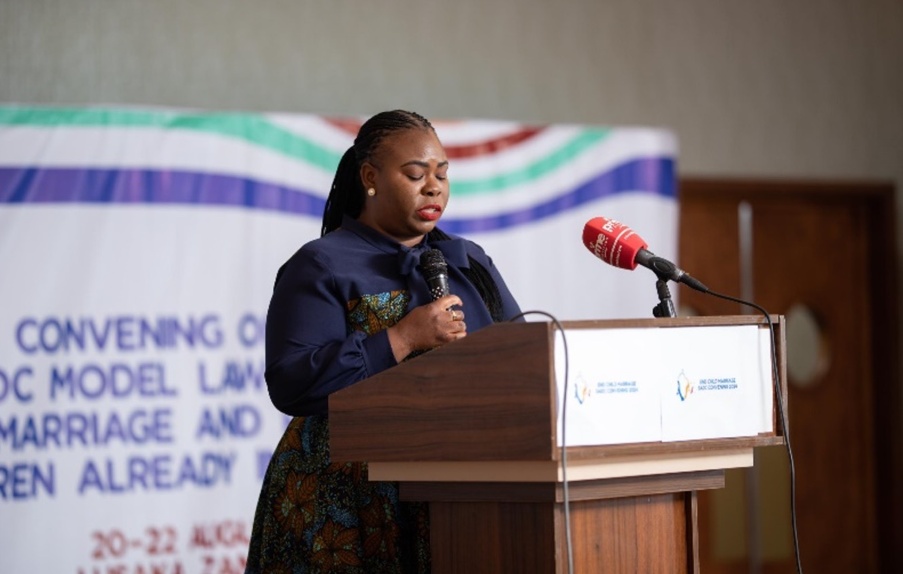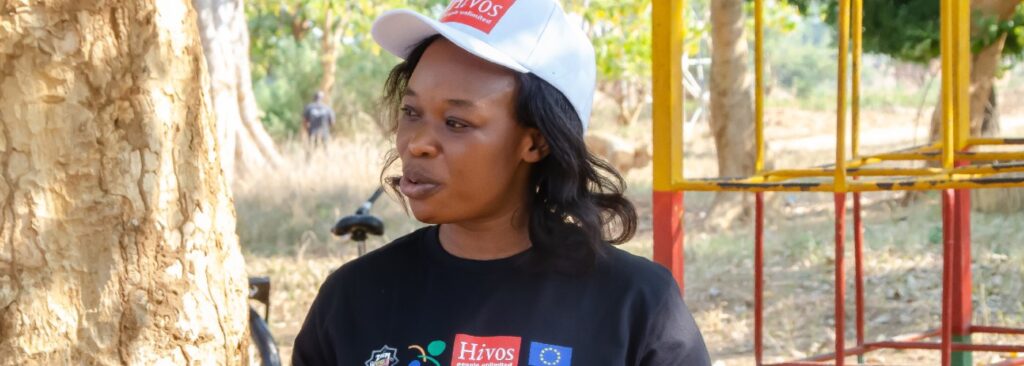Hivos, through the Regional SRHR Fund, recently co-convened a regional gathering on the implementation of the Southern Africa Development Community (SADC) Model Law on eradicating child marriage and protecting children already in marriage. We did this in Lusaka, Zambia, from August 20 to 23, 2024.
The gathering was hosted in collaboration with Girls Not Brides: The Global Partnership to End Child Marriage, Plan International, the SADC Parliamentary Forum, United Nations Population Fund (UNFPA) and UNICEF.
Accelerating progress through joint approaches
Critical stakeholders from across SADC member countries came to discuss ways to accelerate progress towards implementing the Model Law and addressing child marriage in the region. It was an opportunity for cross-country learning on best practices and examples of positive progress. The goal was to co-create a roadmap with key priorities to ensure the implementation of the SADC Model Law on Eradicating Child Marriage and Protecting Children Already in Marriage across all member states.
Speaking at the gathering, Hivos Southern Africa Director Nana Zulu said that by supporting frontrunners, Hivos has managed to make significant strides in reducing the number of child marriages. “Hivos has played a crucial role in this fight to end child marriage through supporting youth-led organizations and empowering young people to lead discussions on ending child marriage at both regional and national levels. Due to the interlinked nature of SRHR issues, Hivos utilizes a comprehensive multi-sectoral approach by working with governments and supporting youth-led and focused organizations that work at both the community and individual level with direct referrals at service delivery points,” she said.
Drawing up a way forward
These were some of the key action points listed for the successful implementation of the law:
- Adoption and domestication of the implementation of the Model Law within each national legal framework.
- Harmonization of existing laws and enforcement of legislation with 18 as the Legal Age of Marriage.
- Resource allocation is key since funding remains a critical gap in moving towards accelerating progress in reducing child marriage in the SADC region.
- Multisectoral collaboration is key to encourage all relevant line Ministries to recognize their role in ending child marriage, as is collaboration between sectors to ensure that child marriage is addressed in a holistic manner.
- There is need for gender and youth inclusion and for linking the law to broader gender equality goals to ensure young people, particularly girls, are seen as active collaborators in the development and implementation of initiatives.





